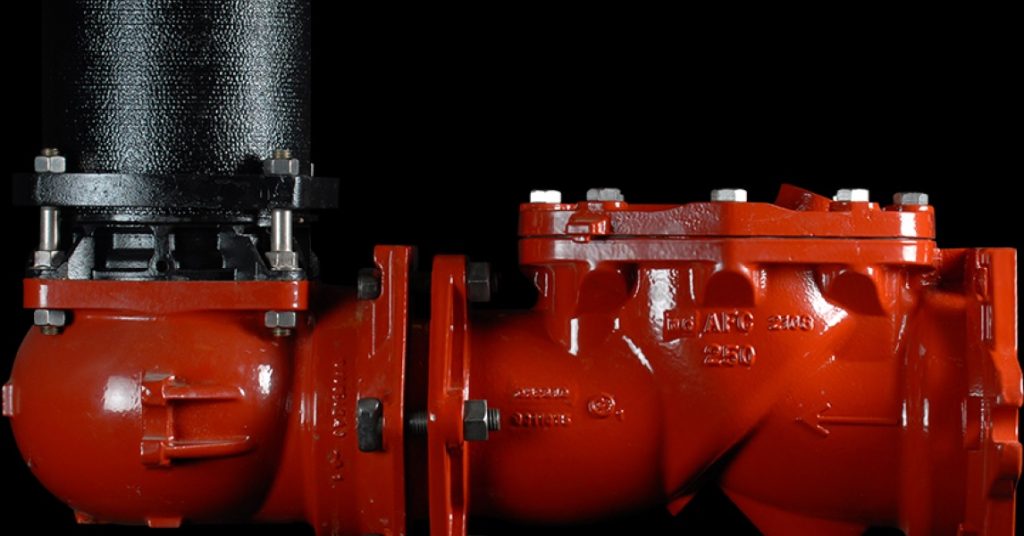The Importance of Accurate Check Valve Symbol Representation in Diagrams
The accurate representation of check valve symbols in diagrams is critical for ensuring clear communication and proper understanding of a system’s design, functionality, and operation. Check valves, which allow fluid or gas to flow in only one direction, are integral components in numerous mechanical, hydraulic, and pneumatic systems. Properly identifying these valves in schematic diagrams helps engineers, technicians, and operators understand how the system works, prevent errors, and ensure safety during both design and operational phases. One of the most important reasons for accurate check valve symbol representation is to avoid confusion. Diagrams are used to communicate complex information in a simplified manner. If the symbol of a check valve is not correctly depicted, it could lead to misinterpretations of how the fluid or gas is supposed to flow through the system. For example, using the wrong symbol for a check valve could suggest that the fluid or gas is being routed in an unintended direction, which might result in system failures, safety hazards, or even damage to equipment.

Accurate symbols help eliminate ambiguity and ensure that everyone involved in the system’s design, maintenance, and operation has a clear understanding of the components and their functions. Another key reason for the importance of correct symbol representation is in the context of regulatory and industry standards. These standards define how components like check valves should be represented in schematic diagrams, providing a consistent framework that allows for easy interpretation across various industries and organizations. Adhering to these standards not only improves communication within teams but also ensures compliance with safety regulations and reduces the likelihood of costly mistakes or delays during the design and implementation process. Furthermore, accurate check valve symbols are crucial during the troubleshooting and maintenance phases. When a check valve is not properly represented in the diagram, technicians and engineers may struggle to identify the exact location or type of valve that needs attention. This could lead to inefficient troubleshooting, longer downtime, and potential system malfunctions.
By having clear and precise symbols, maintenance personnel can quickly pinpoint any issues with check valves, facilitating faster repairs and minimizing disruptions to the overall system. In systems that involve complex flow paths or multiple valves, clarity is especially important. Check valves are often used in tandem with other valves like pressure relief valves, flow control valves, or isolation valves, all of which may have similar shapes or orientations. If a check valve is represented with a symbol that looks too similar to that of another valve, confusion can arise when interpreting flow paths or determining valve functionality. The correct use of standard symbols ensures that each valve is distinctly represented, helping to prevent operational errors. These tools often come with pre-designed symbol libraries, ensuring that the correct check valve symbol is selected when generating diagrams. These tools also allow for easy modifications and updates to the diagrams as the system evolves, ensuring that check valves and other components are accurately depicted throughout the lifecycle of the system.

